Retail Sector Analysis: Australia and Nepal - A Detailed Report
VerifiedAdded on 2022/10/31
|14
|823
|179
Report
AI Summary
This report provides a comparative analysis of the retail sectors in Australia and Nepal. It examines the structural differences, market dynamics, and growth potential of each sector. The report highlights key aspects such as the impact of the Australian Competition and Consumer Commission, the influence of global economic factors, and the role of technology and e-commerce. It further explores the challenges faced by retailers in both countries, including industrial relation laws, digital payment issues, and cultural aspects affecting consumer behavior. The analysis includes references to specific retailers like Bishal Bazar Supermarket and discusses the impact of international students and impulsive buying patterns. The report concludes with a summary of the key findings and offers insights into the future of the retail sectors in Australia and Nepal. The report is written based on research papers to identify the impact of retail sector in these two countries.
1 out of 14
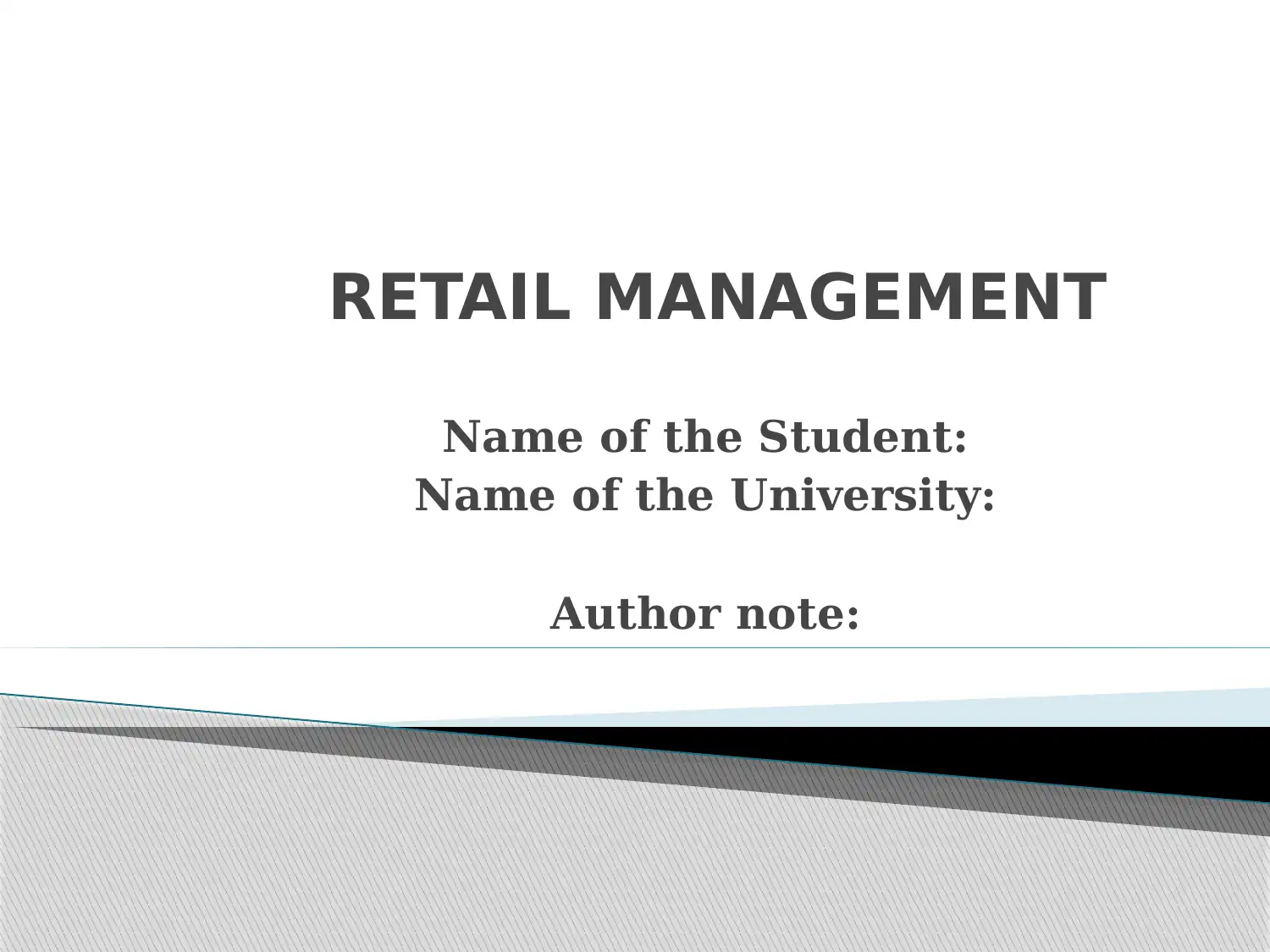
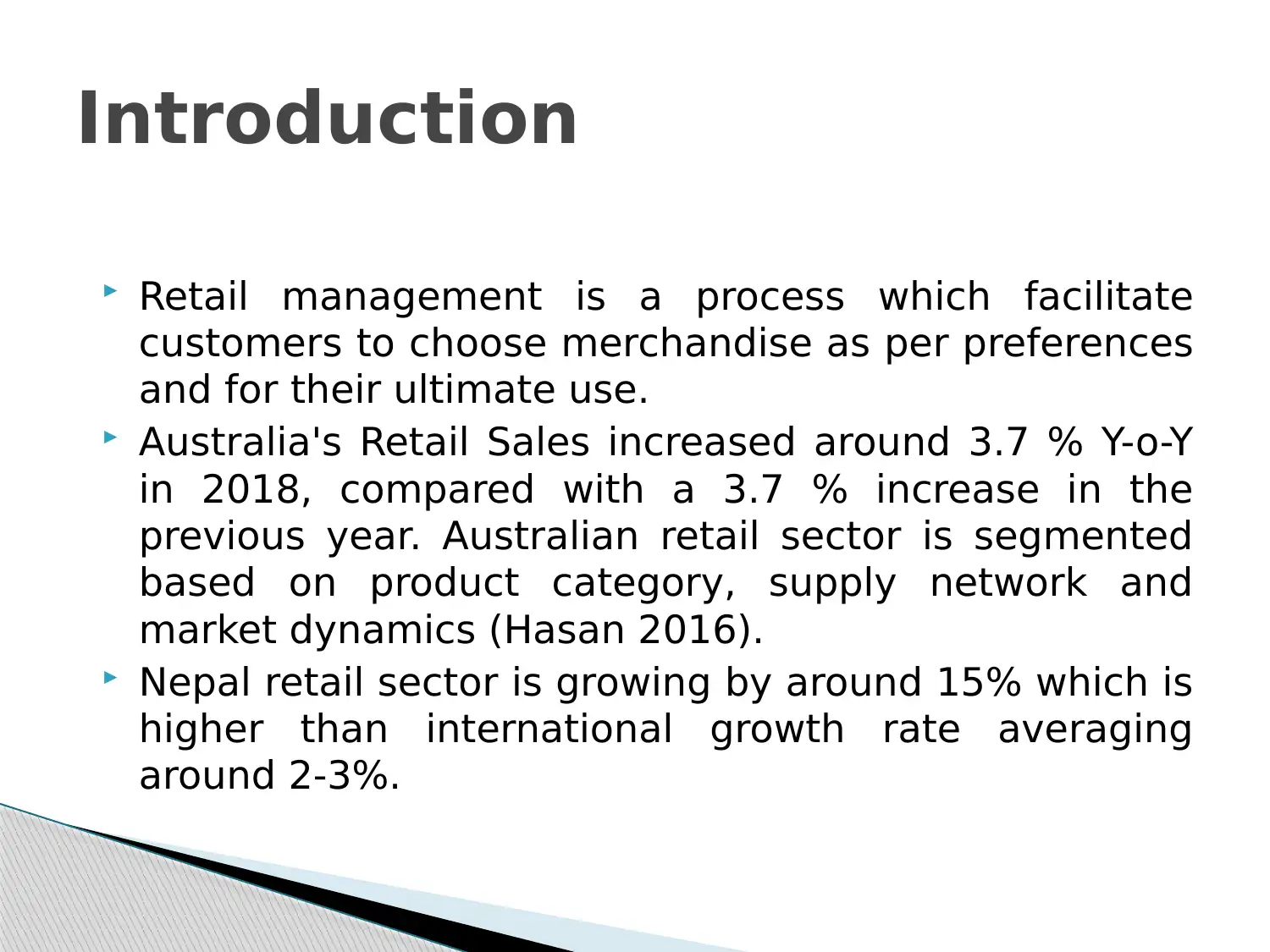
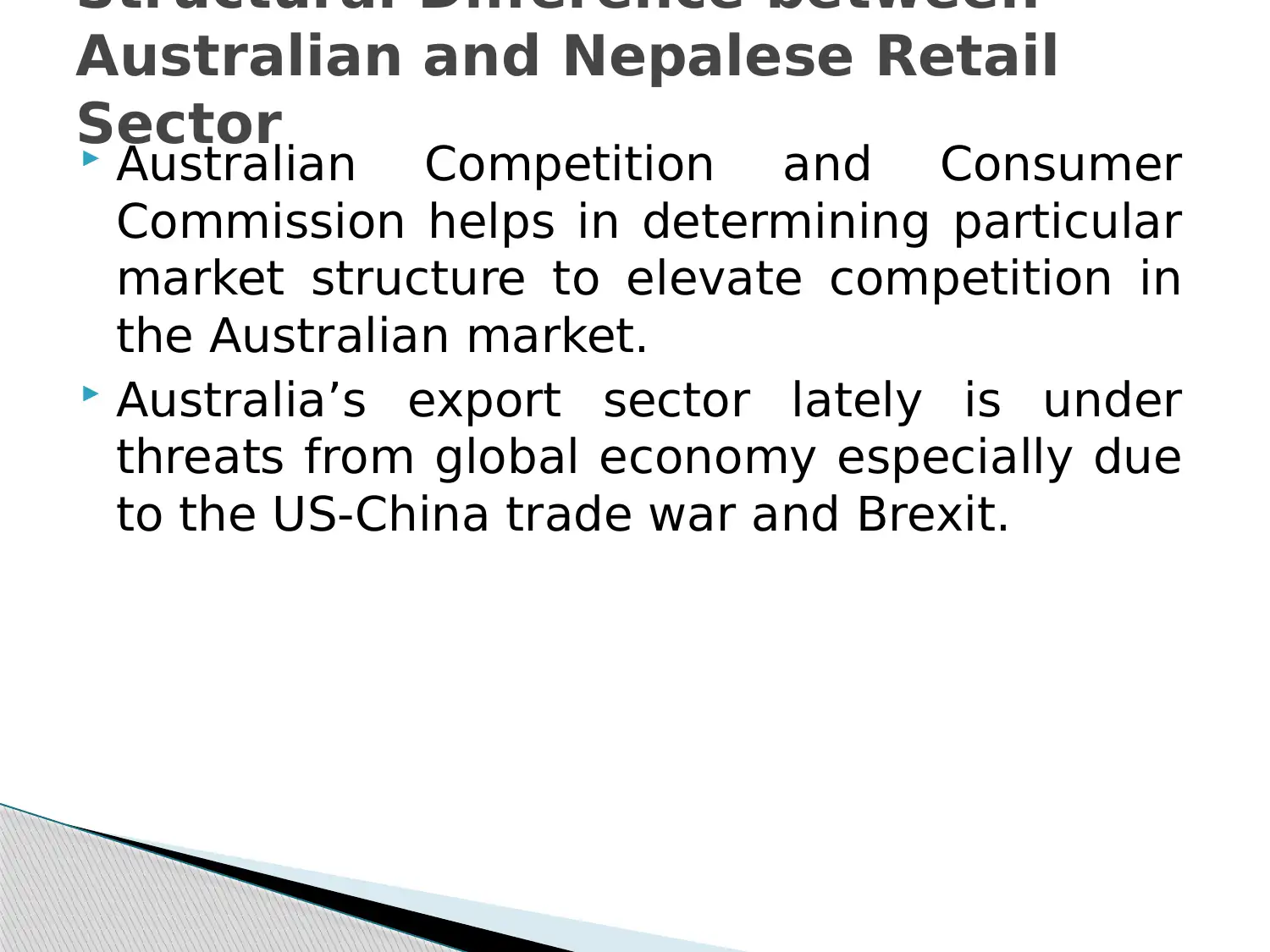

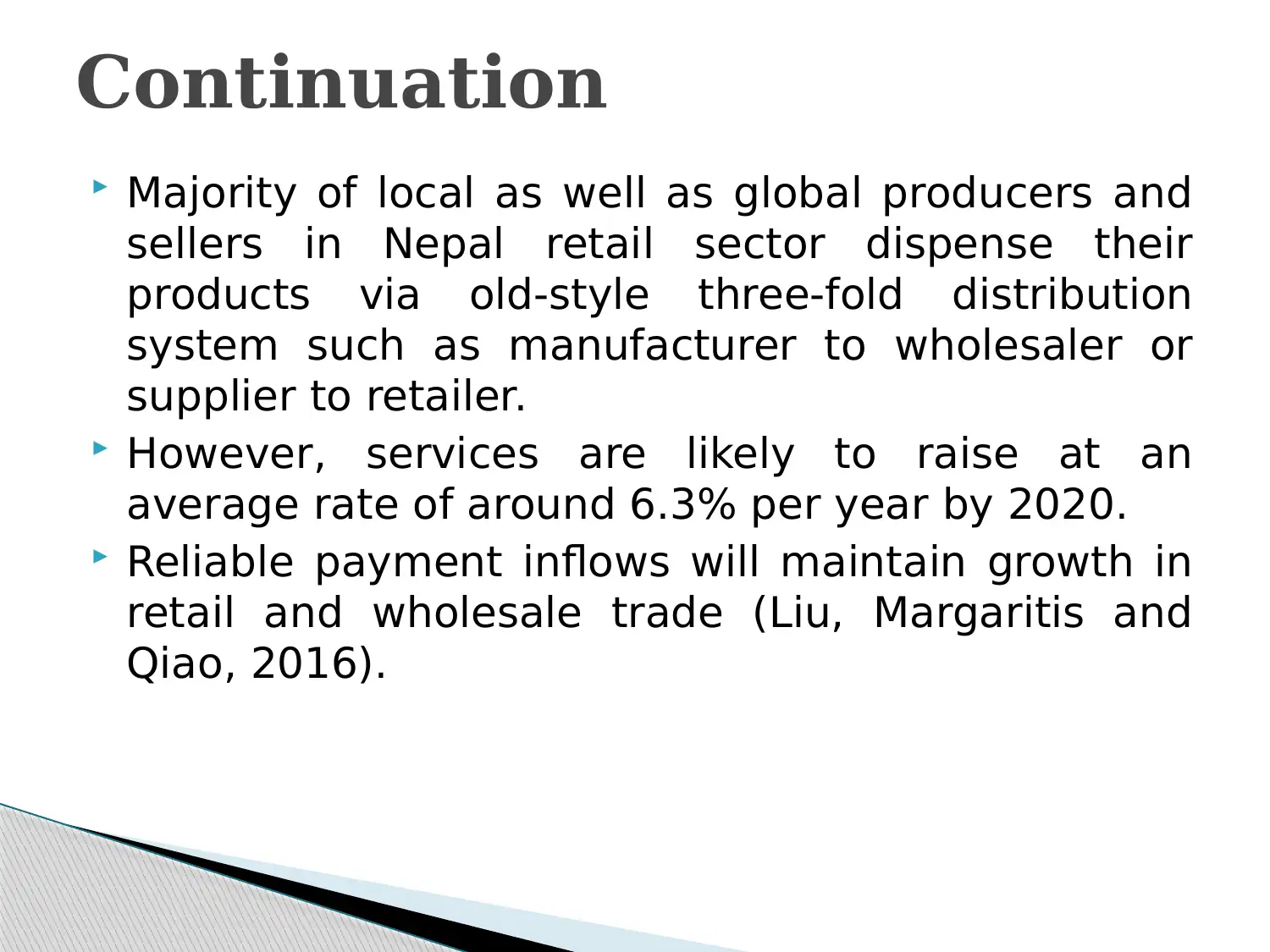
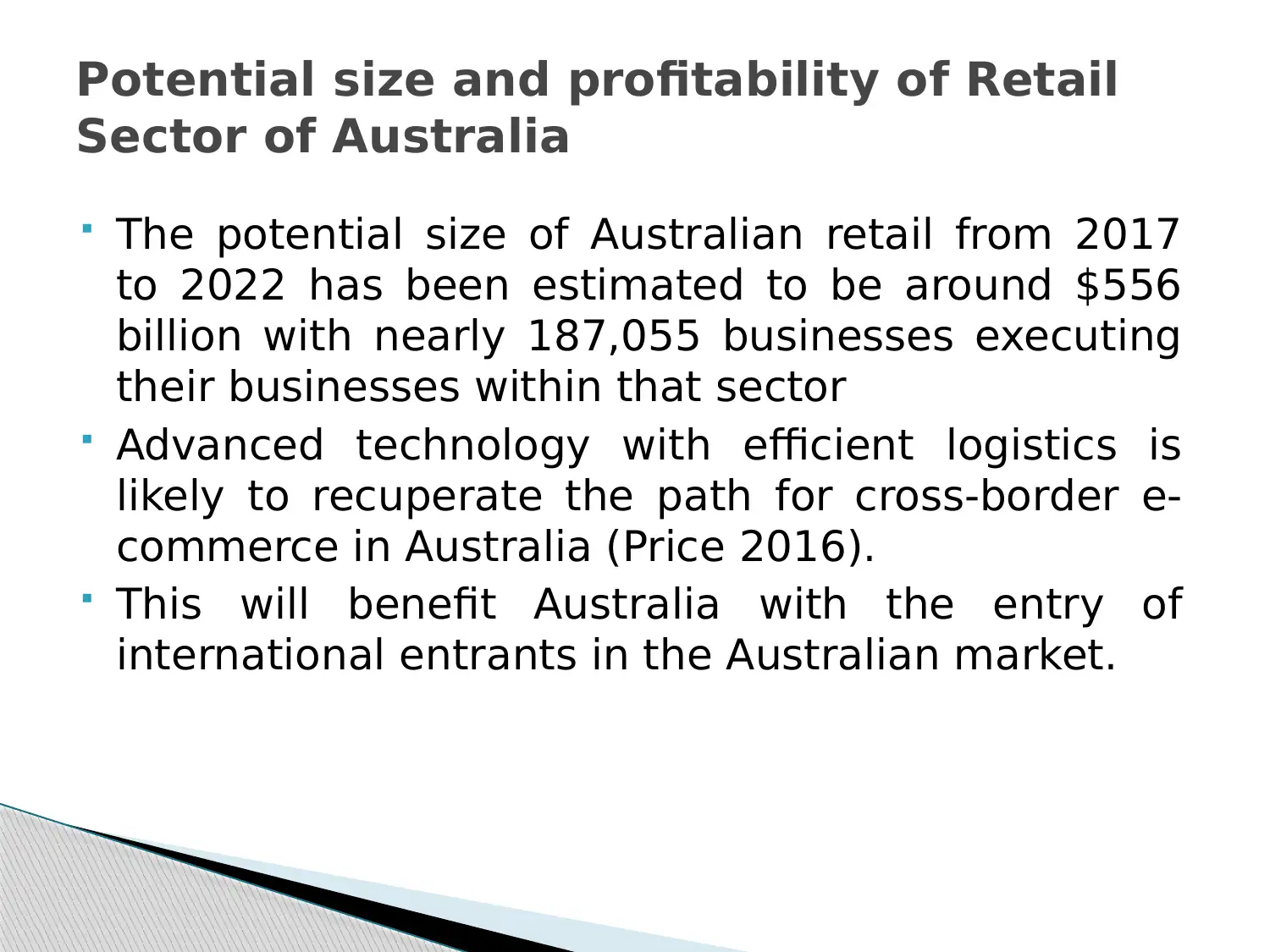

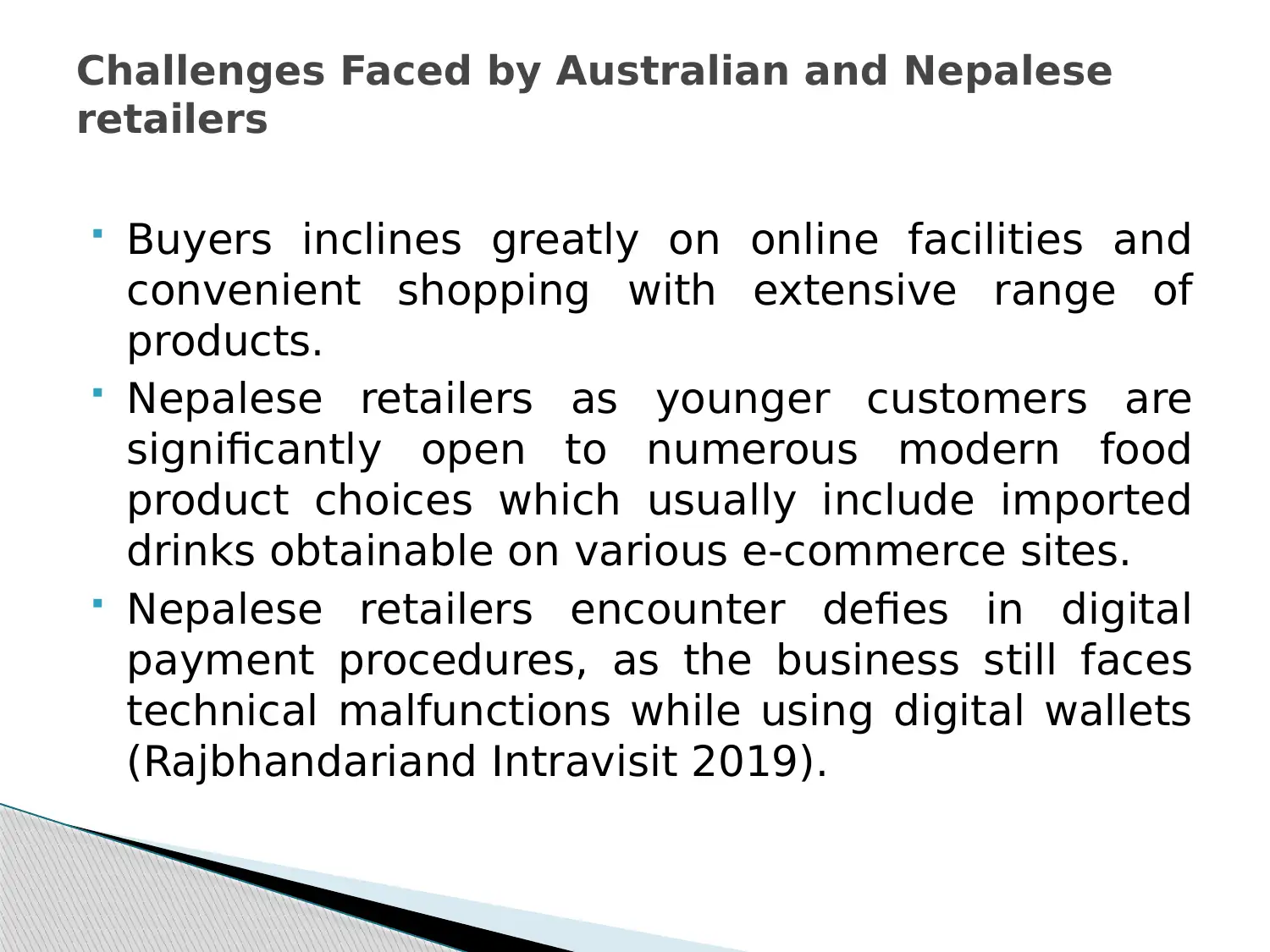
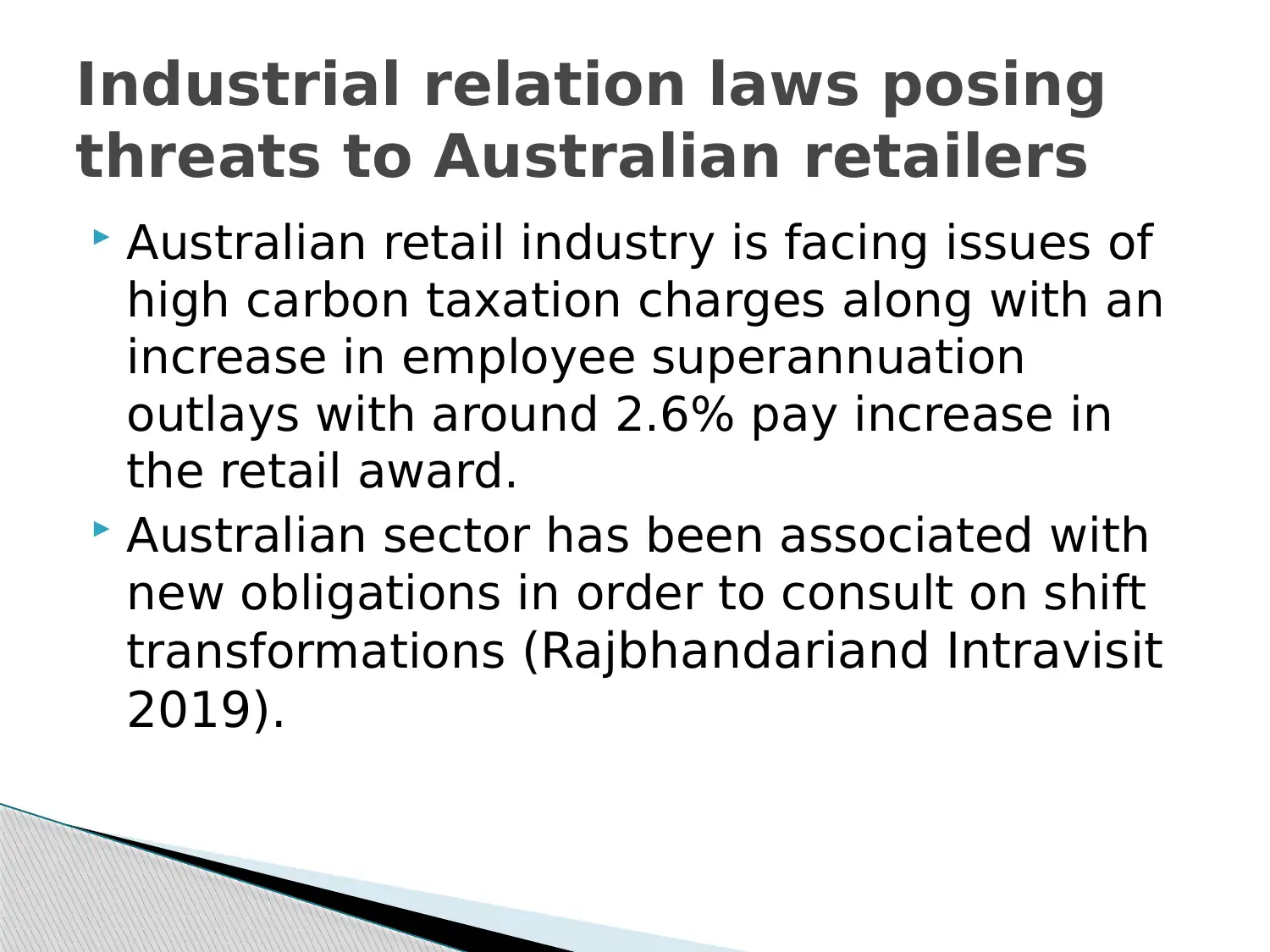
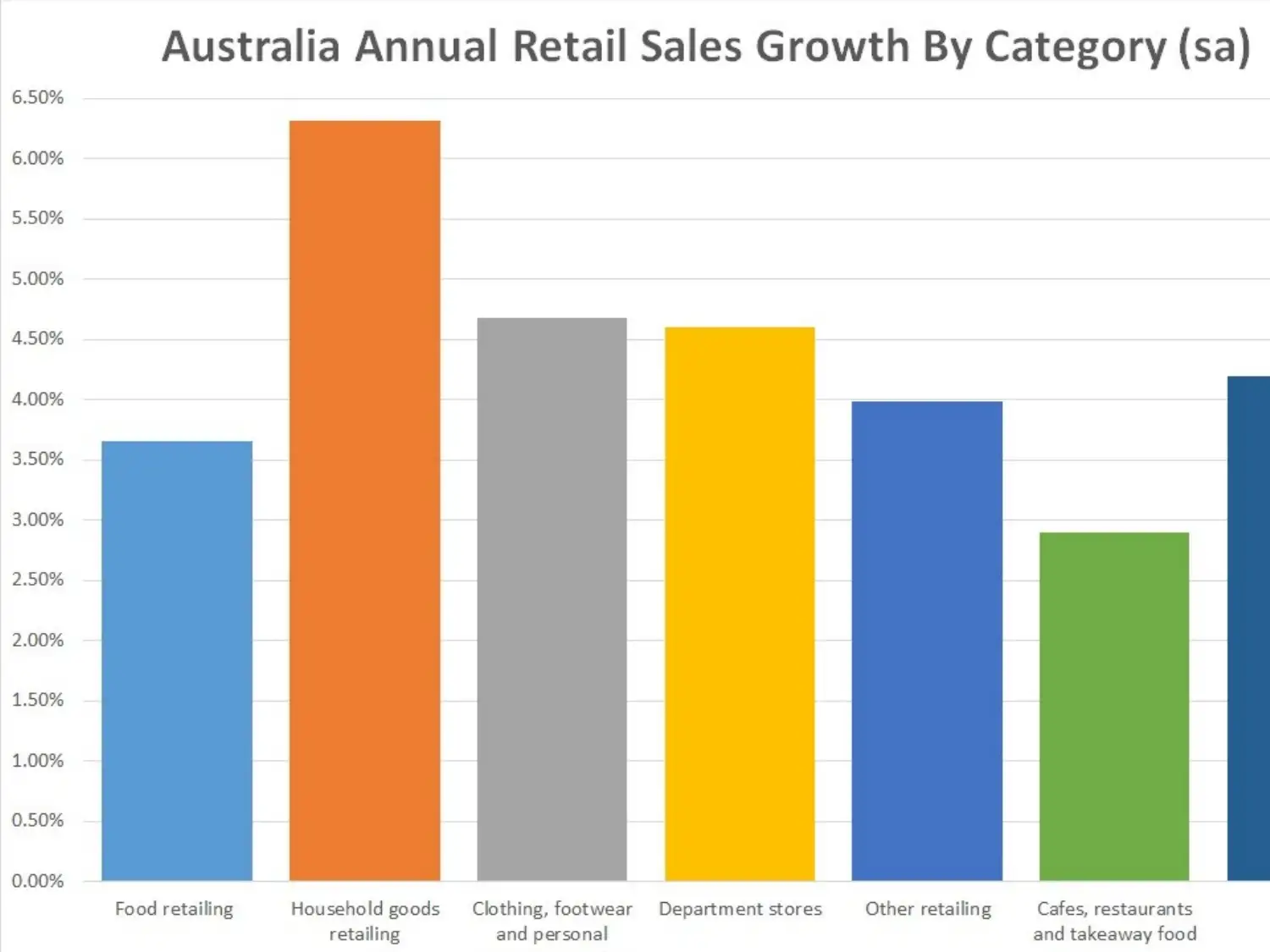
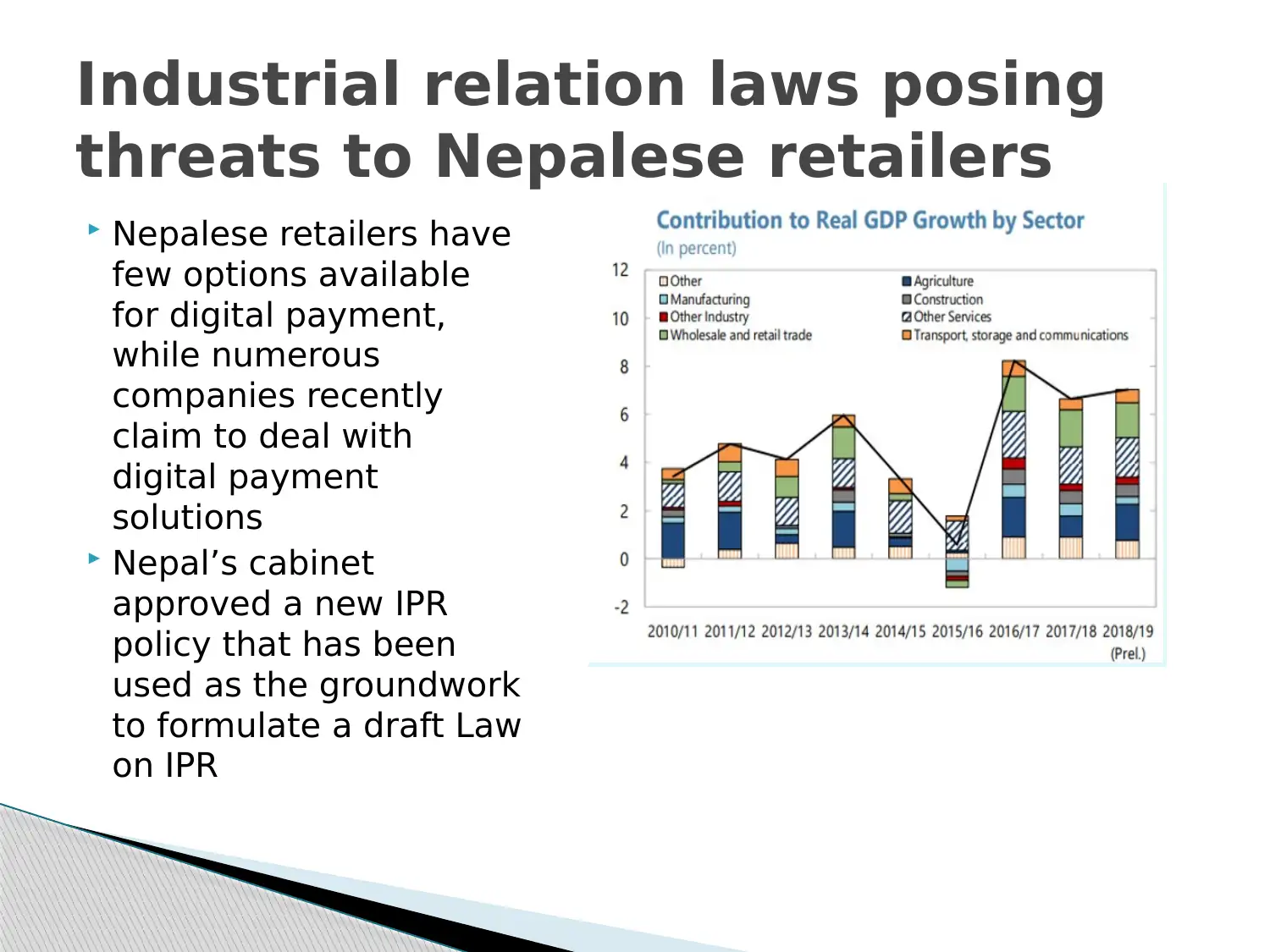



![[object Object]](/_next/static/media/star-bottom.7253800d.svg)